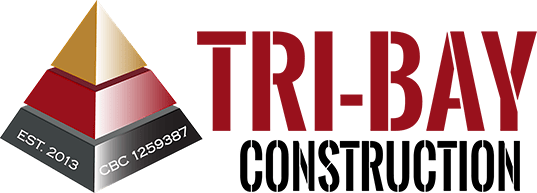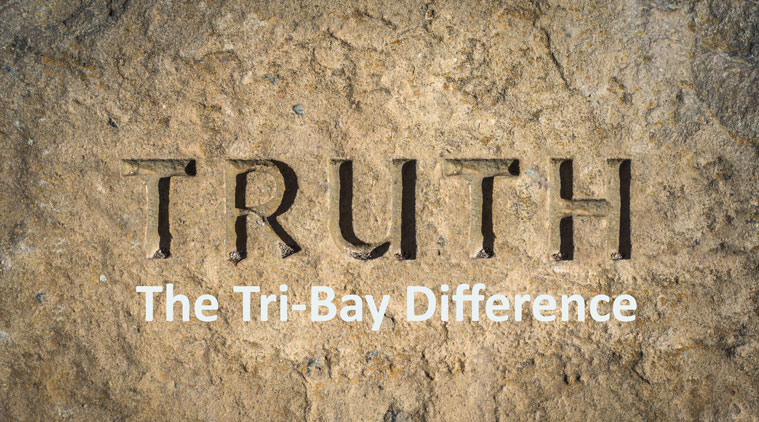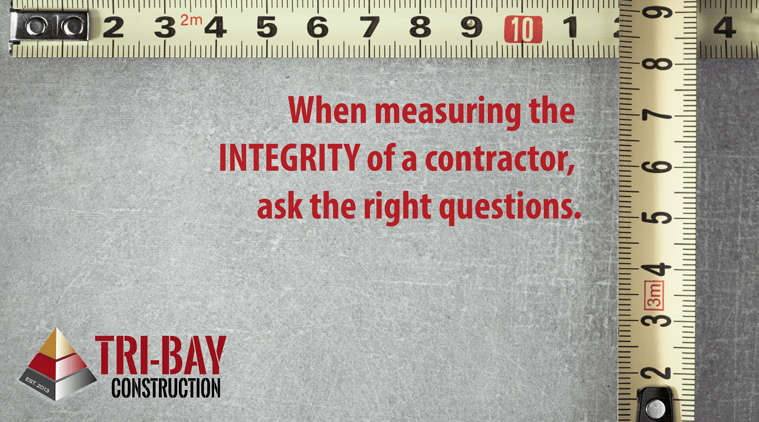In the face of challenging economic and labor market conditions, the construction industry encounters persistent obstacles in securing dependable labor and navigating the timely completion of projects through the permitting process.
Tri-Bay Construction has successfully weathered these post-pandemic challenges, owing much of our resilience to enduring relationships with our core group of subcontractors who share our commitment to developing and retaining skilled employees.
In a landscape where loyalty is a precious commodity, it serves as a foundational pillar in our collaborations. A testament to this enduring commitment is evident in the upward trajectory of many subcontractor employees who, starting as laborers when we initially connected, have since ascended to pivotal managerial roles.
Once humble laborers at the outset of our journey together, these craftsmen have evolved into seasoned journeymen within their respective trades.

At Tri-Bay Construction, we firmly believe that relationships form the foundation of a high-quality company. While factors like pricing, speed, and company size are relevant, we place paramount importance on our team’s pride in their work and the company they represent.
Our diverse team, spanning from designers to cleaning companies, values the consistency and unwavering commitment to quality that defines our approach. Regardless of their role, every team member contributes to the final product, emphasizing equality and unity in our projects.
Acknowledging the challenges posed by staffing shortages on permitting processes, we strongly advocate for a collaborative approach that fosters teamwork, ensuring the preservation of both quality and efficiency in our endeavors.
Complete and well-prepared submissions facilitate smoother processing; therefore, we strongly encourage proactive collaboration with jurisdictions to foster streamlined workflows and enhance overall efficiency.





